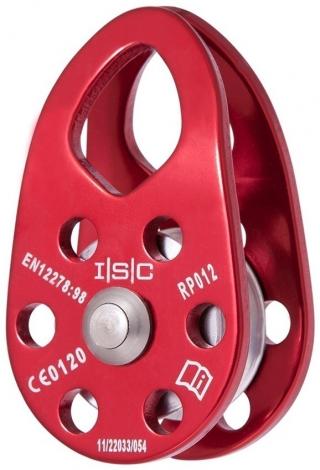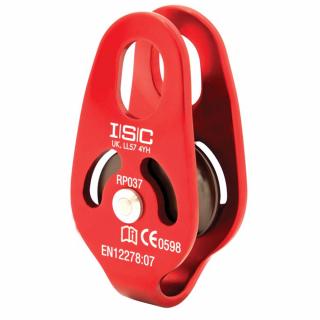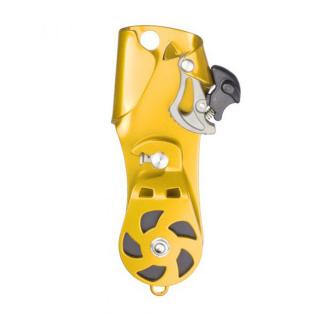YOU HAVE NO ITEMS IN YOUR CART.
Pulleys
Showing 1-7 of 7
1-7 of 7
Show per page
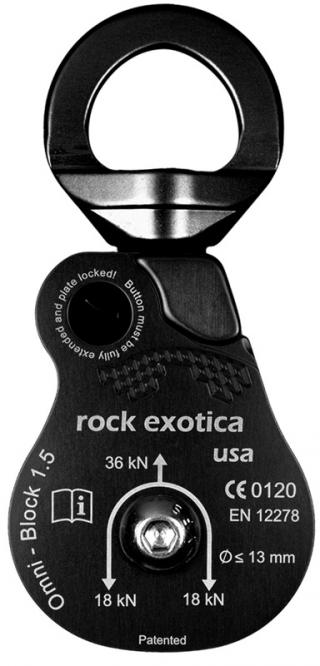
Rock Exotica P51 Omni-Block Swivel Pulley
Starting at $109.00

This item ships Free
C-RX-P51
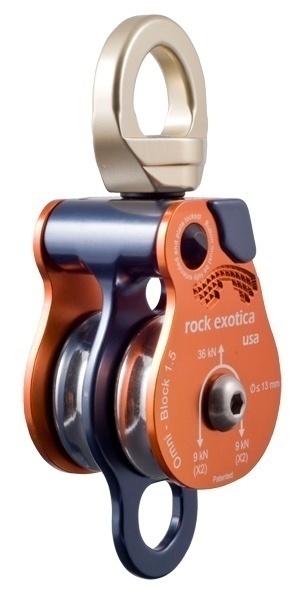
Rock Exotica P51D Omni-Block Swivel Double Pulley
Starting at $160.00

This item ships Free
C-RX-P51D
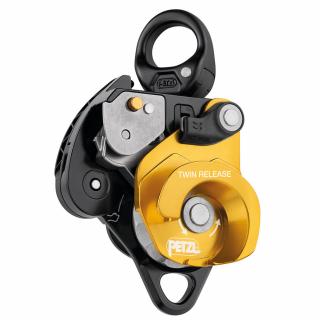
Petzl TWIN RELEASE Releasable Double Progress Haul System Capture Pulley
$449.95

This item ships Free
PZ-P001DA00
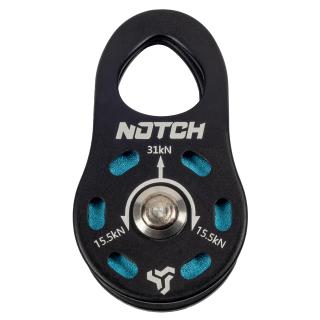
Notch Equipment Micro Pulley
$31.99
ON BACKORDER
Call for availability
Free shipping on orders over $75
SW-50019B
Showing 1-7 of 7
1-7 of 7
Show per page
Pulleys
Pulleys also referred to as a block or snatch block, allow you to use your rope to its full potential by doing things like creating mechanical advantage. By definition, a pulley is a wheel mounted on an axle or shaft with a grooved rim around it designed to efficiently support the movement of a cord, rope, or wire around its circumference.
Mechanical Advantage
Mechanical advantage is a pretty common term when it comes to pulleys, but what exactly is mechanical advantage? It is expressed like this: 3:1, 4:1, 5:1, etc and represents the measure of force amplification achieved by using a tool, mechanical device, or haul system. Essentially, a device (like a pulley), preserves the input power and trades off forces against movement to obtain an application in output force. Basically, mechanical advantage multiplies the force you apply. A mechanical advantage of 5:1 means that the device reduces the effort needed to lift an object by 5 to 1. For example, if you want to lift 100 pounds, a 5:1 mechanical advantage would allow you to only exert 20 pounds of force.
One thing to consider when selecting your pulley is standard compliance. For example, if you are using your pulley for lifting and rigging purposes you want to make sure the pulley meets the ASME B30 Standard. More specifically it should meet Chapter 26-5 which covers rigging blocks, like those you would use with a capstan hoist. ASME B30 provides a range of different standards for pulleys including materials, rated loads, identification, and operating practices. If you’d like more information and a further breakdown on the ASME B30 standard, click here to check out our detailed blog post. We’ve also got a FREE downloadable ASME B30 compliance poster in our Knowledge Base.
If you need help finding the perfect pulley, or you’ve got questions, click here to contact one of our Gear Experts®.




